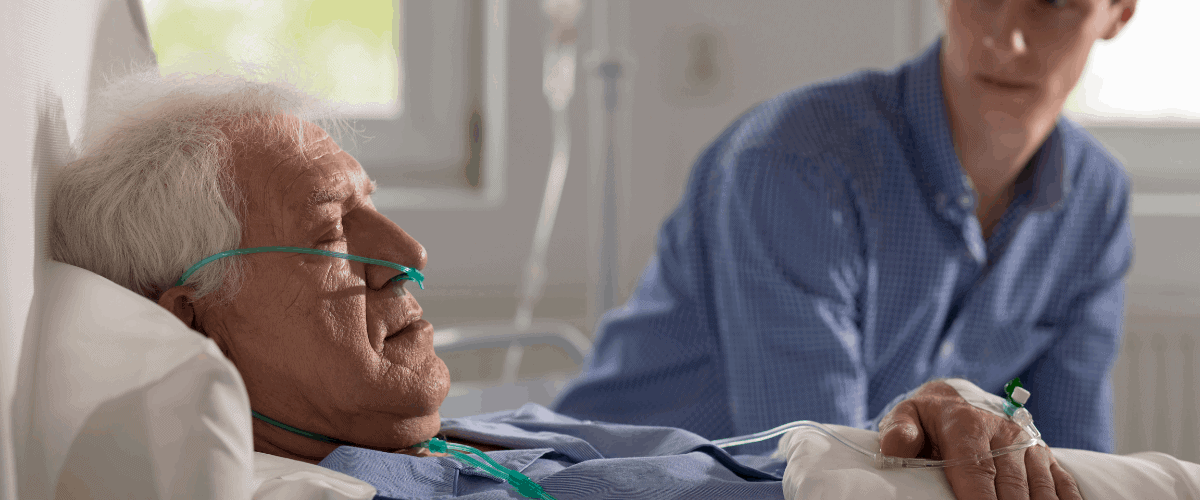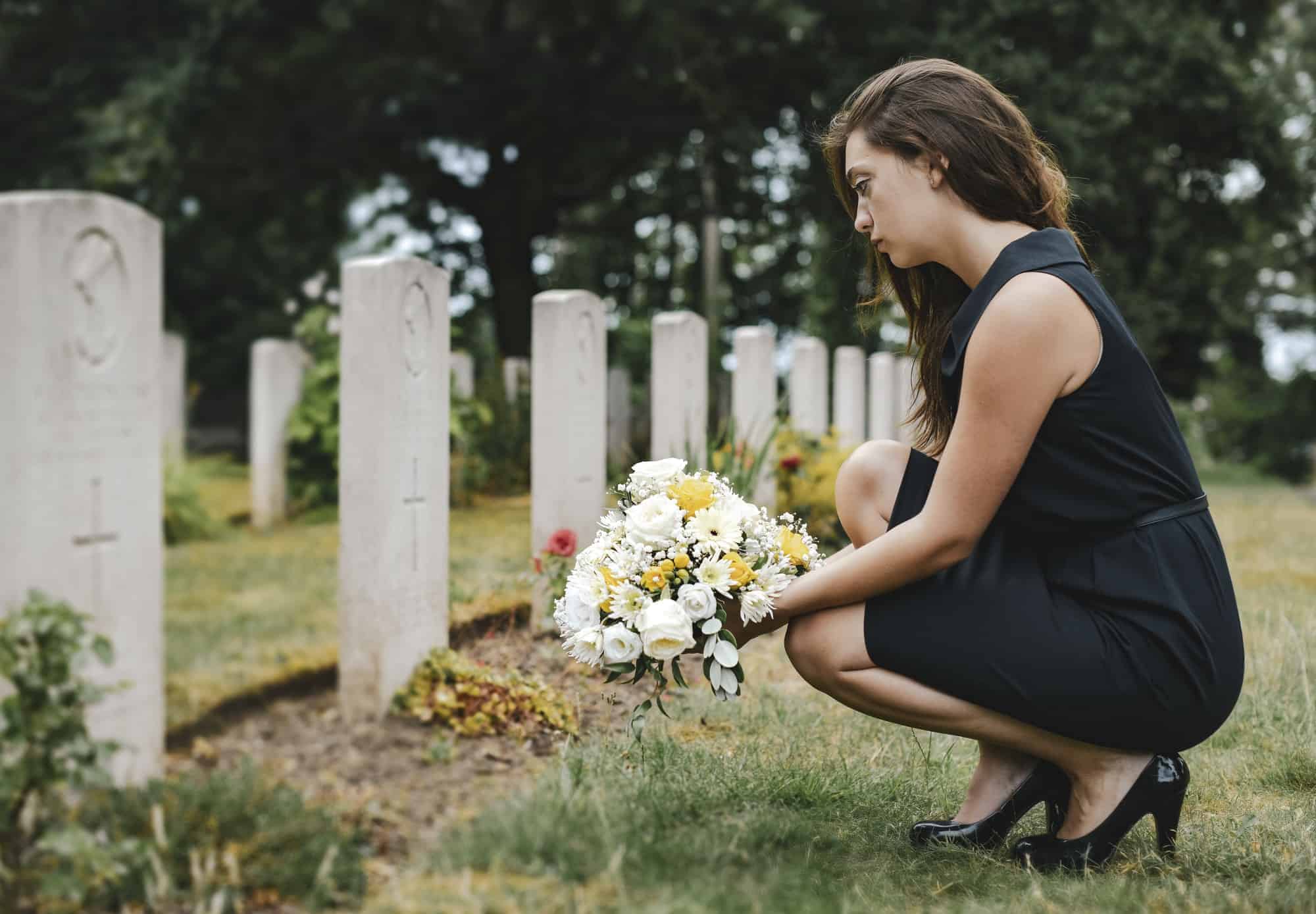Rather than view the end of life as sad and unpleasant, you can reframe a different perspective on the end-of-life transition.
Whether it’s you or your loved one, the end of life can be both uplifting and inspirational. Sometimes all it takes is the right presence, and this is where hospice care can help.
Several patients in the Dallas area, for example, have chosen to die according to their wishes, with dignity and respect.
Achieving a better quality of life in their final stages is often easier when aided by the care and expertise of hospice nurses and staff.
For instance, the nurses and staff of Ameriprime Hospice care in Dallas are a team of patient advocates equipped with the skills and emotional stability required to address patients and their families physical, emotional, psychological, and spiritual needs.
What is hospice care?
Hospice care is rendered to help a patient who can no longer be helped by curative treatment and is expected to live 6 months or less if the illness runs its usual course. Hospice care focuses on quality time.
The goal is to enjoy the moments of life rather than worry about the length of life left.
Hospice care makes genuine provisions for compassionate care for people diagnosed with an incurable disease in the last phase of life. The end goal is to help patients live as comfortably as possible.
The philosophy of hospice care accepts death as the final stage of life. It affirms life while neither hastening nor postponing death.
Hence, hospice care focuses on the patient’s life rather than disease treatment. In the process, hospice works to manage symptoms to spend a patient’s last days peacefully surrounded by their loved ones.
Care from a hospice agency is family-centered because it involves the patient and the family in the decision-making.
A typical day for a hospice patient starts with a scheduled check-up meeting from a hospice nurse.
When the nurse arrives to see the patient, she spends time talking to the patient, the patient’s family, and caregivers to keep abreast of the wellbeing and progress of the patient.
Afterward, the patient will receive a wellness check.
This assessment starts with ensuring the patient is comfortable. Then the hospice nurse observes whether her patient is mentally in a good place.
They check to see if the patient is relaxed, happy, alert, and in a satisfactory frame of mind. The patient generally receives emotional support.
Then the patient receives a regular medical assessment.
Next, the patient will have her vital signs checked, and a performance assessment of her skin, as well as a heart and lungs check and several other medical-related assessments.
The nurse recommends medication.
The hospice nurse reviews the patient’s medications and may reach the patient’s physician or doctor in cases where they believe there is a need for a change in medications or added medication.
After this, the hospice nurse will chart her observation of the patient and report changes to the patient’s interdisciplinary team.
This is to ensure everyone is on the same page concerning the cheerful progress of the patient.
On a typical day, there are other kinds of support a hospice patient may require.
Patients in hospice care receive:
Pain and symptom control
The goal of pain and symptom control is to aid the comfort of the patient.
Therefore, on a regular day for a patient, the nurse checks discomfort, pains, and side effects to reduce pain to the bare minimum.
Spiritual care
The spiritual needs of every person are different. For this reason, spiritual care is designed to meet the specific spiritual needs of a patient.
This may involve helping with a certain religious ritual or ceremony or redefining death and where hope lies.
Family meetings
A regular family meeting is scheduled during a hospice patient’s day. Sharing feelings and spending time together helps to support the patient’s social and emotional needs.

Who provides hospice care?
Hospice care is provided by hospices, nursing homes, hospitals, or other health care systems.
In most cases, an interdisciplinary health care team manages hospice care. An example is Ameriprime hospice care Dallas.
Typically, the hospice doctor or nurse is in charge of a patient’s care, though a primary care doctor may also be involved.
Hence, doctors, nurses, counselors, social workers, therapists, home health aides, clergy, and trained volunteers, together with a patient’s family, care for a hospice patient.
They work together to give a patient complete palliative care to relieve symptoms and give emotional, social, and spiritual support.
People helping people
People and their wellbeing is the biggest priority for hospice care. No matter what phase of life the patient is in, every moment counts.
You may think there is nothing you can do for a dying soul, but there is something you can do for them–help them live graciously, and help them pass on peacefully.
Ameriprime Hospice Care in Dallas is a team dedicated to making the last moments of a person’s life memorable. We believe every patient deserves a peaceful passage to the world beyond.
No one deserves to suffer or deal with chronic pain that comes from side effects of treatments or illness, and we are here to help.
The perfect way to help a hospice patient enjoy his last moments is to give him the comforting hands and compassionate care of a dedicated hospice care staff.
For a peaceful and comfortable end-of-life experience, call Ameriprime Hospice care today or book a call with one of our experts HERE.




